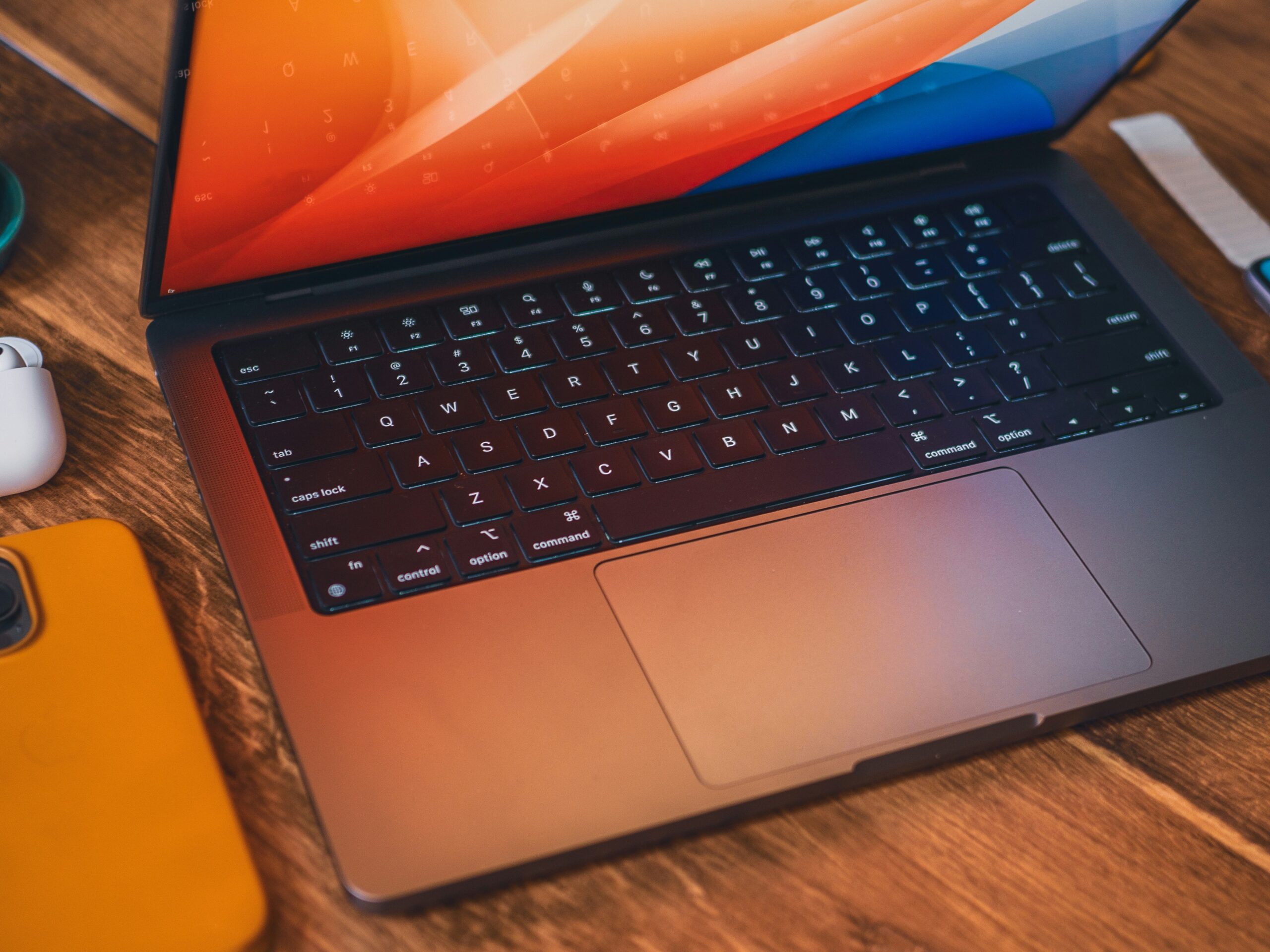
It all started with lag.
Alex, a university student juggling Zoom classes, ten Chrome tabs, and a design project in Adobe Photoshop, was ready to throw his laptop out the window. Every task felt like moving through quicksand. Programs froze. Startup took forever. Even typing became painfully slow.
One night, after another frustrating crash during a group presentation, Alex Googled in desperation: “How do I upgrade RAM in a laptop?”
That question marked a turning point—not just for Alex’s laptop, but for his sanity.
If you’re experiencing similar slowdowns and suspect your laptop’s memory is to blame, upgrading your RAM might be the best (and most affordable) performance boost you can give your machine. This guide will walk you through everything—from checking compatibility to installing the new RAM—all without turning into a tech wizard.
Why Upgrade Your Laptop RAM?
First, let’s answer the obvious: why bother upgrading RAM at all?
RAM (Random Access Memory) is what your laptop uses to store active data temporarily. It’s like your laptop’s short-term memory. The more RAM you have, the more tasks your laptop can handle at once—like running multiple programs, switching between browser tabs, or editing large files.
Signs You Might Need a RAM Upgrade:
- Your laptop slows down when multiple programs are open
- You hear the fan running hard with just a few tabs open
- It freezes during tasks like video editing or gaming
- Boot time has become painfully long
Also Read , How to Fix a Laptop Stuck on the Boot Screen? Real Fixes for a Frustrating Problem
Upgrading RAM is often more cost-effective than buying a new laptop—and can breathe new life into an older machine.
Step 1: Check Your Laptop’s RAM Specifications
Before you rush to buy new RAM, you need to answer two important questions:
- How much RAM do you currently have?
- How much RAM can your laptop support?
How to Check:
- On Windows:
Press Ctrl + Shift + Esc to open Task Manager
Click the Performance tab > Memory - On macOS:
Click the Apple icon > About This Mac > Memory
You’ll see your current RAM size (e.g., 8 GB) and how many slots are in use. Some laptops have two RAM slots, while others only have one—and some ultrabooks even have RAM soldered to the motherboard (which can’t be upgraded).
💡 Pro Tip: Visit your laptop manufacturer’s website and search your model number to find exact upgrade limits and specifications.
Step 2: Choose the Right RAM for Your Laptop
So, how do you know which RAM to buy?
Here’s what to look for:
Key RAM Specs:
- DDR Type: Most modern laptops use DDR4, but older ones may use DDR3.
- Speed (MHz): Your new RAM should match the existing RAM speed for compatibility (e.g., 2666 MHz).
- Size: Laptops use SO-DIMM RAM (not the larger desktop DIMM format).
- Capacity: Common options are 8 GB, 16 GB, or 32 GB, depending on what your system supports.
Popular brands like Crucial, Corsair, and Kingston offer compatibility tools on their websites—just enter your laptop model and get recommendations instantly.
Step 3: Back Up and Power Down
Safety first!
Before opening up your laptop, back up your data. RAM upgrades are usually low risk, but it’s better to be safe than sorry.
Then:
- Shut down your laptop completely (don’t just restart)
- Unplug it from any power source
- If it has a removable battery, take that out too
Also Read , How Do I Recover Deleted Files From My Computer? A Complete Guide with Real-Life Stories
To avoid static electricity, ground yourself by touching a metal surface or wear an anti-static wrist strap.
Step 4: Open the Laptop and Locate RAM Slots
Now it’s time to open your laptop. The ease of this step really depends on your model.
Common setups:
- Some laptops have a dedicated RAM access panel—just remove a screw or two.
- Others require removing the entire bottom casing.
- Ultrabooks or MacBooks may require special tools or don’t allow upgrades at all.
Once inside, locate the existing RAM modules. They’re rectangular sticks secured with clips on both sides.
Step 5: Install the New RAM
This is the fun part!
To install:
- Gently release the side clips on the existing RAM—this should pop it up slightly.
- If you’re replacing the old RAM, remove it by pulling it out at an angle.
- Align the notch on the new RAM with the slot (it only fits one way).
- Slide it in at a slight angle, then press down gently until it clicks into place.
Repeat for any additional modules if you’re upgrading both slots.
Step 6: Close It Up and Boot
Once your RAM is securely installed:
- Reattach the battery (if you removed it)
- Screw the panel or casing back on
- Plug your laptop in and power it on
You shouldn’t need to install any drivers—your system should automatically detect the new RAM.
Step 7: Confirm the Upgrade Was Successful
After booting up, you’ll want to verify that your laptop recognizes the new memory.
On Windows:
- Open Task Manager > Performance > Memory
- Check the total available RAM
On macOS:
- Go to About This Mac > Memory

If the full amount appears, congratulations—you just successfully upgraded your laptop’s RAM!
Real Story: Alex’s Laptop, Reborn
Remember Alex? After checking his system specs, he found he had only 4 GB of RAM, and his laptop supported up to 16 GB. He ordered two 8 GB DDR4 sticks online, followed a YouTube tutorial, and performed the upgrade in under 30 minutes.
The difference was night and day. Chrome stopped lagging, Photoshop ran like a dream, and he could finally attend Zoom classes without freezing every five seconds. Most importantly, he saved hundreds of dollars by upgrading instead of replacing his laptop.
Tips for Keeping Your Upgraded Laptop Running Smoothly
- Reboot regularly to clear memory leaks
- Keep your operating system and software up to date
- Limit background apps when working on resource-heavy tasks
- Use lightweight alternatives to memory-hungry programs where possible
Also Read , How to Rotate Computer Screen ? : A Step-by-Step Guide (With Real-Life Moments You’ll Relate To)
Final Thoughts: How Do I Upgrade RAM in a Laptop?
Let’s recap the process of how to upgrade RAM in a laptop:
| Step | What to Do |
| 1 | Check current RAM and max supported |
| 2 | Buy compatible RAM (type, speed, size) |
| 3 | Power off and back up data |
| 4 | Open the laptop casing carefully |
| 5 | Install new RAM sticks correctly |
| 6 | Boot up and confirm system detects upgrade |
Whether you’re a student, gamer, creative, or just tired of your laptop acting like it’s from 2010, upgrading your RAM is a budget-friendly and effective solution. So next time you’re tempted to toss your laptop, just ask yourself: “Have I tried upgrading the RAM?”
You might just save money—and your patience.
Got questions about specific laptop models or want help picking the right RAM? Drop a comment below—we’re here to help you upgrade without the headache!
Also Read , How to Earn Money Online? : Real Strategies, Real Stories, and a Real Path Forward
image credit: unsplash.com


